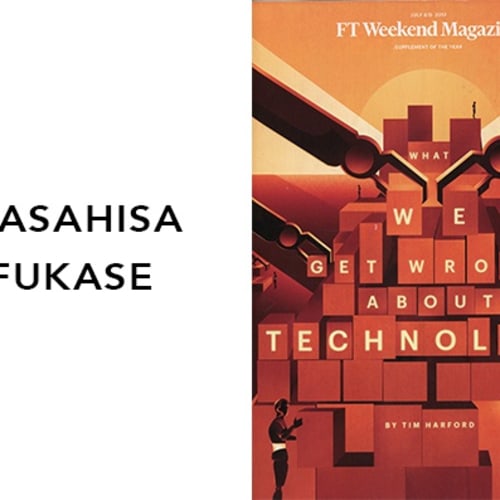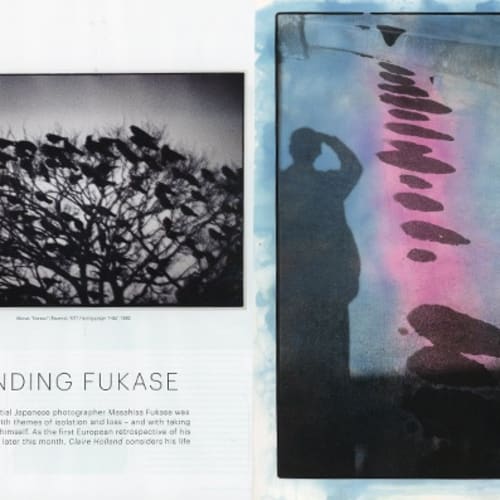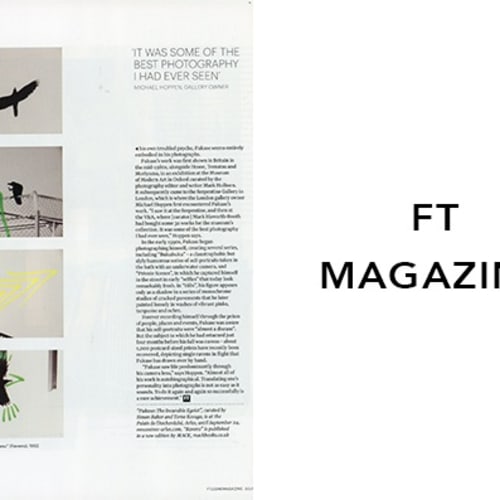The life and work of Japanese photographer Masahisa Fukase
As the first European retrospective of his work opens later this month, Claire Holland considers his themes and influences.
It is almost 25 years since the Japanese photographer Masahisa Fukase fell down a flight of stairs in a Tokyo bar, suffering brain injuries from which he never recovered. He died in 2012 at the age of 78. He was regarded as one of the most original photographers of his generation yet, until recently, relatively little of his work had been published outside Japan.
Fukase belonged to an influential group of postwar Japanese photographers who were brought together in 1974 for an exhibition at the Museum of Modern Art in New York — a first attempt to introduce contemporary Japanese photography to the west.
“At that time he was seen as a very innovative artist, but he later fell into relative obscurity due to the complexity surrounding copyright of his work after the accident,” says Simon Baker, Tate’s curator of photography, who has organised the first retrospective of Fukase’s work in Europe for the International Photography Festival in Arles, which opens this month. In the years after his accident, the rights to showing and publishing Fukase’s works remained in legal limbo. Butsince 2015, when the Fukase Archive was set up by Tomo Kosuga, hisimages have been made much more accessible. Fukase was born in 1934 in Bifuka, a small town in the north of Hokkaido, where his family ran a photographic studio. He moved to Tokyo in the 1950s and worked as a freelance photographer, increasingly exhibiting and publishing his work. In 1974, he co-founded the Workshop Photography School with Shomei Tomatsu, Eikoh Hosoe, Noriaki Yokosuka, Nobuyoshi Araki and Daido Moriyama, all of whom were included in the MoMA exhibition that same year.
The title of this year’s show at the festival in Arles, Fukase: The Incurable Egoist, comes from an article written in 1973 by Fukase’s second wife, Yoko Wanibe, who was central to his work during their 13- year marriage and continued to affect his art thereafter. She believed that the endless photographs he took of her “unmistakably depicted Fukase himself”.
JULY 7, 2017 by Claire Holland
July 7, 2017




